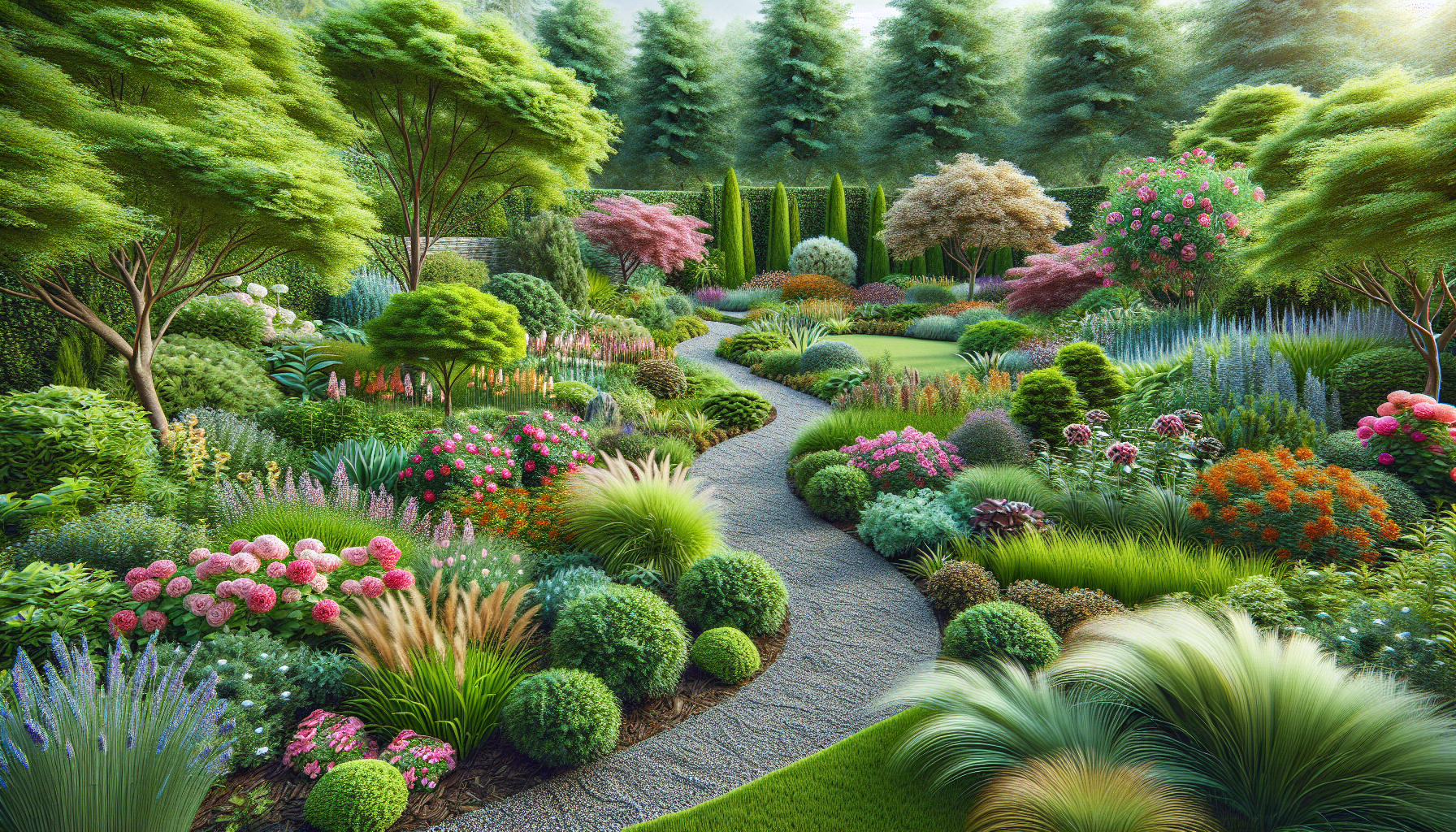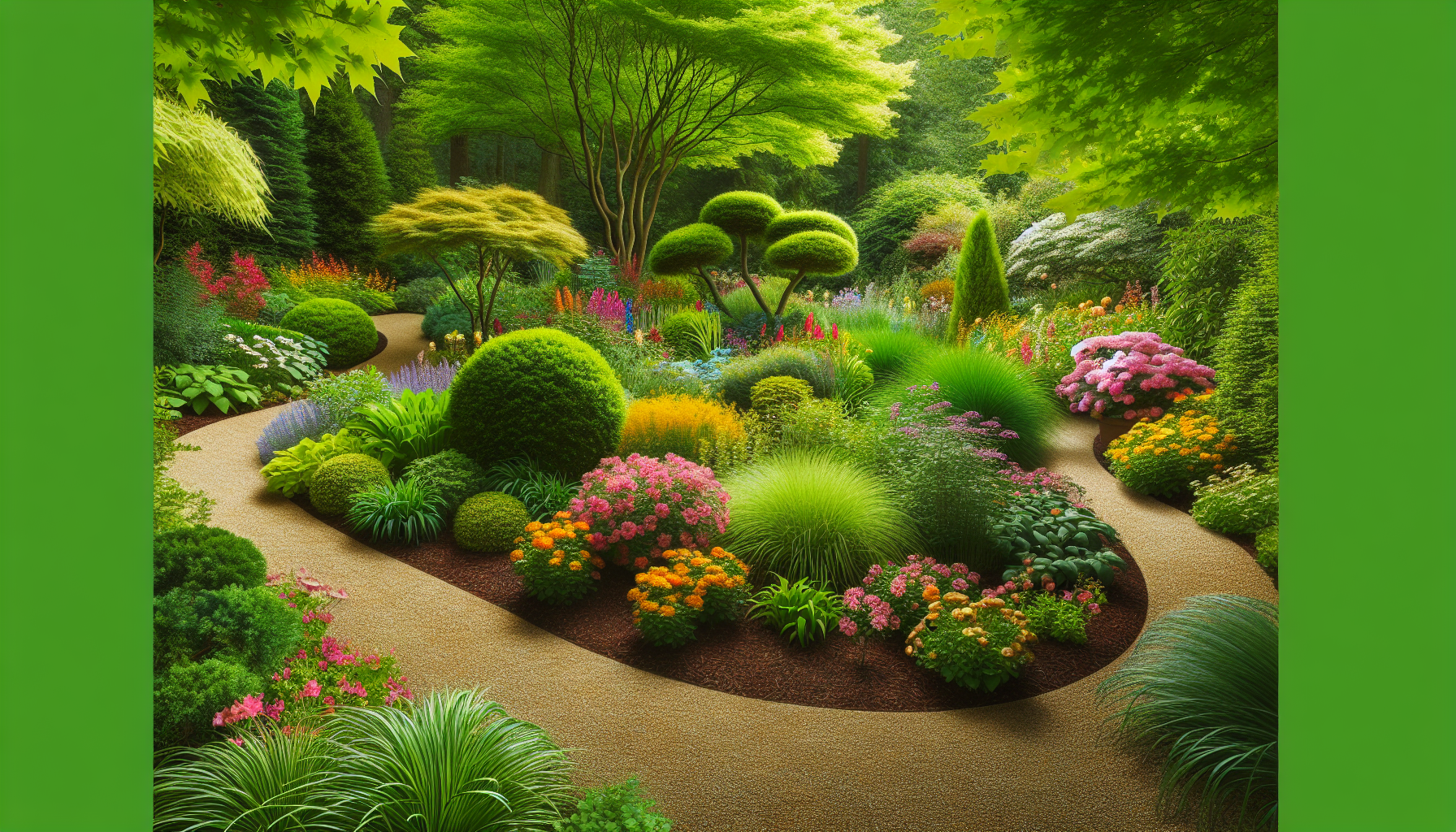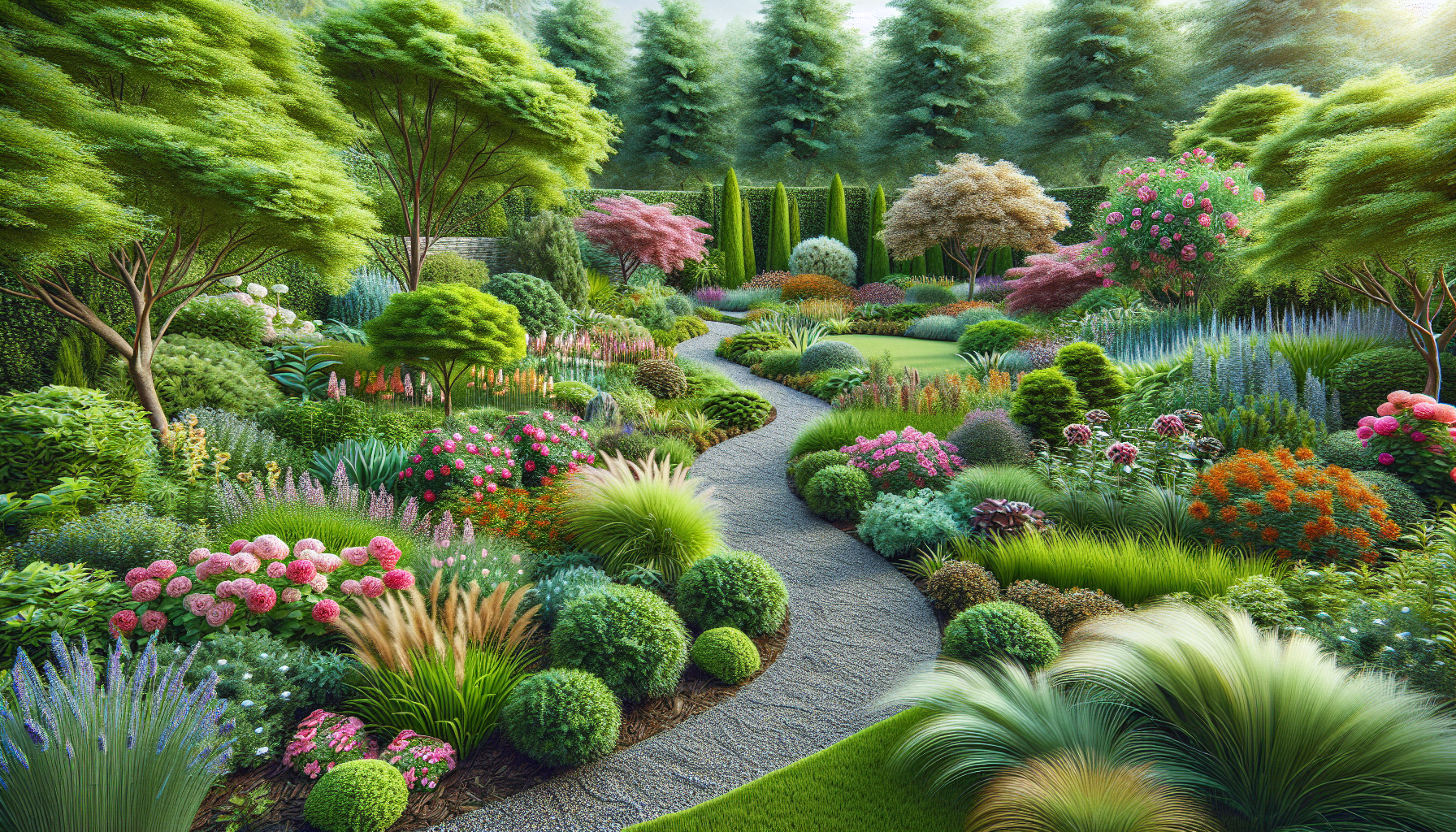What elements do you think make up softscape in landscaping? When planning your outdoor space, considering both softscape and hardscape is crucial. In this article, you’ll learn about softscape components, their importance, how to maintain them, and the benefits they bring to your property.
What is Softscape?
Softscape refers to the plants, trees, grass, and other organic materials in landscaping. Unlike hardscape, which includes elements like concrete, brick, and stone, softscape is living and dynamic. The presence of softscape can soften the hard edges of buildings and hard surfaces, making your outdoor area more inviting and enjoyable.
The Importance of Softscape
Softscape plays a vital role in creating a balanced and harmonious environment. It enhances the aesthetic appeal of your property and contributes to ecological benefits. For example, trees provide shade, while flowers add vibrant colors and attract pollinators. Additionally, softscape can improve air quality and reduce noise pollution, making your outdoor space more pleasant.
Components of Softscape
Understanding what makes up softscape can help you make informed choices when designing your landscape. Let’s break down the main components.
Grass and Lawn
A well-maintained lawn forms the foundation of any softscape. Grass offers a lush green appearance and provides numerous benefits. It absorbs rainwater, reduces soil erosion, and contributes to a healthier environment. There are various types of grass suitable for different climates and preferences. Some common choices include:
| Type of Grass | Best Climate | Characteristics |
|---|---|---|
| Bermuda | Warm and sunny | Tolerant to heat and drought |
| Kentucky Bluegrass | Cool and temperate | Thick and lush, vibrant color |
| Fescue | Transitional | Tolerant to shade, drought-resistant |
Choosing the right grass type for your area will help you maintain a healthy lawn.
Trees
Trees are significant in softscape design. They offer shade, improve air quality, and provide habitat for birds and other wildlife. Additionally, they enhance the overall aesthetic by adding height and structure. When selecting trees, consider mature size, root structure, and maintenance requirements. Popular choices include:
| Type of Tree | Characteristics |
|---|---|
| Oak | Strong shade and sturdy structure |
| Maple | Beautiful fall color and versatile |
| Evergreen | Year-round greenery and privacy screen |
Planting trees can also increase your property’s value, making them a worthy investment.
Shrubs and Bushes
Shrubs and bushes add volume and texture to your softscape. They can create hedges, borders, or focal points in your landscape. These plants can help define areas within your yard and provide privacy from neighbors. Depending on your preferences, you might choose flowering shrubs for color or evergreen varieties for year-round structure. Some popular options include:
| Type of Shrub | Characteristics |
|---|---|
| Boxwood | Dense, evergreen foliage, easy to shape |
| Hydrangea | Large blooms, great for color |
| Azalea | Early spring blooms, part-shade tolerant |
Incorporating different shrubs will add variety to your landscape design.
Flowers and Perennials
Flowers bring a burst of color and vibrancy to your softscape. These plants can attract pollinators, creating a lively garden ecosystem. You can choose annuals, which bloom for a single season, or perennials, which return year after year. Popular choices include:
| Type of Flower | Characteristics |
|---|---|
| Marigold | Bright blooms, pest-resistant |
| Lavender | Fragrant, drought-tolerant |
| Coneflower | Attracts bees and butterflies |
Creating a diverse flower garden can enhance your outdoor space and lift your spirits in every season.
Mulch and Ground Covers
Using mulch and ground covers is essential for preserving soil moisture and preventing weeds. Mulch comes in various materials, such as wood chips, bark, or stone. Ground covers like creeping thyme and sedum can replace traditional grass in some areas, providing low-maintenance options for filling spaces.
| Type of Mulch & Ground Cover | Benefits |
|---|---|
| Wood Chips | Retain moisture, suppress weeds |
| Stepping Stone | Provide walking paths, control erosion |
Choosing the right combination of mulch and ground covers can help maintain a neat and healthy landscape.

Benefits of Softscape
Now that you understand the various components of softscape, let’s explore the many benefits it offers.
Enhances Aesthetic Appeal
The right mix of plants can transform your outdoor space. Softscape elements create visual interest, bringing life to your property. Flowers, trees, and shrubs come together to create a vibrant and inviting environment.
Improves Air Quality
Plants play a significant role in filtering pollutants and providing oxygen. Trees, in particular, can absorb carbon dioxide and release oxygen through photosynthesis, improving air quality and fostering a healthier environment.
Increases Property Value
Landscaping, including softscape, can significantly boost your property’s value. Well-maintained areas attract potential buyers and increase overall curb appeal. A beautiful landscape can make your home stand out in the market.
Supports Biodiversity
A softscape filled with diverse plants attracts various wildlife, including birds, butterflies, and beneficial insects. Creating an ecosystem within your yard promotes biodiversity, making your garden a lively and thriving environment.
Maintenance of Softscape
Keeping your softscape healthy and thriving requires regular maintenance. Here are some essential tasks that help maintain the soft landscape.
Watering
Proper watering ensures your plants receive the moisture needed to thrive. Depending on your climate, you may need to water your plants daily or weekly. Consider using a drip irrigation system for efficiency or watering early in the morning to prevent evaporation.
Pruning
Regular pruning keeps your plants healthy and encourages growth. Removing dead or diseased branches helps maintain the shape and structure of trees and shrubs. Additionally, pruning improves air circulation and reduces the risk of pests.
Fertilizing
Providing nutrients through fertilizers can help your plants grow strong and healthy. Understand the specific nutrient needs of your plants and use appropriate fertilizers to support their growth during the growing season.
Weed Control
Weeds compete for nutrients and water, harming your plants. Implementing mulch, ground covers, and regular weeding can help minimize weed growth. Manual weeding or using landscape fabric can be effective methods for controlling weeds without using harsh chemicals.

Combining Softscape with Hardscape
While softscape is essential, combining it with hardscape can create a well-rounded landscape. Hardscape elements provide structure, pathways, and functionality, complementing the softer features of your yard. Finding the right balance between the two ensures an inviting outdoor space.
Pathways and Patios
Incorporating pathways and patios made from stone, pavers, or concrete can create clear areas for foot traffic. These elements can guide visitors through your garden while also providing spaces for relaxation. Using softscape around hardscape creates a seamless blend of nature and human-made features.
Focal Points
Adding hardscape features like benches, fire pits, or water features can create focal points in your landscape. These elements can serve as gathering areas for family and friends, enhancing the overall experience of your outdoor space.
Edging
Using edging materials such as bricks or stones can define your softscape areas. This separation helps keep mulch and soil in place while preventing grass and weeds from encroaching on flower beds or shrub areas.
Choosing the Right Softscape Plants
Selecting the right plants for your softscape can involve a bit of planning and research. Here are a few factors to consider when making your choices.
Climate and Soil Type
Understanding your local climate and soil conditions is essential for selecting the right plants. Some plants thrive in sunny areas, while others prefer shade. Additionally, knowing your soil type—whether sandy, clay, or loamy—can influence your plant choices.
Maintenance Requirements
Consider how much time and effort you’re willing to dedicate to your landscape. Some plants may require regular maintenance, while others are more low-maintenance. Choosing the right mix can help ensure your landscape stays beautiful without overwhelming you.
Aesthetic Preferences
Think about the look you want for your yard. Do you prefer a colorful flower garden, a serene retreat with greenery, or a mix of both? Visualizing your desired aesthetic can help you select plants that align with your vision.
Conclusion
Softscape adds depth, color, and life to your outdoor space. Understanding its components and benefits can help you create a balanced landscape that enhances your home and the environment.
As you make decisions regarding your softscape, think about incorporating a mix of grass, trees, shrubs, and flowers. Remember to maintain these living elements regularly to ensure they thrive.
For any outdoor needs, including improving your home’s landscape, you may want to reach out to experts. If you’re seeking help with roofing or other home services, consider contacting Xclusive Home Services. They are located at:
Xclusive Home Services
14505 N. Hayden Rd., Ste. 101
Scottsdale, AZ 85260
Phone: (602) 341-5545
Email: management@xclusivehomeservicesco.com
Founded in 2025, Xclusive Home Services aims to be your go-to solution for all home services, from hardscaping to outdoor cleaning. With their assistance, you can create a beautiful and welcoming environment for you and your loved ones.



